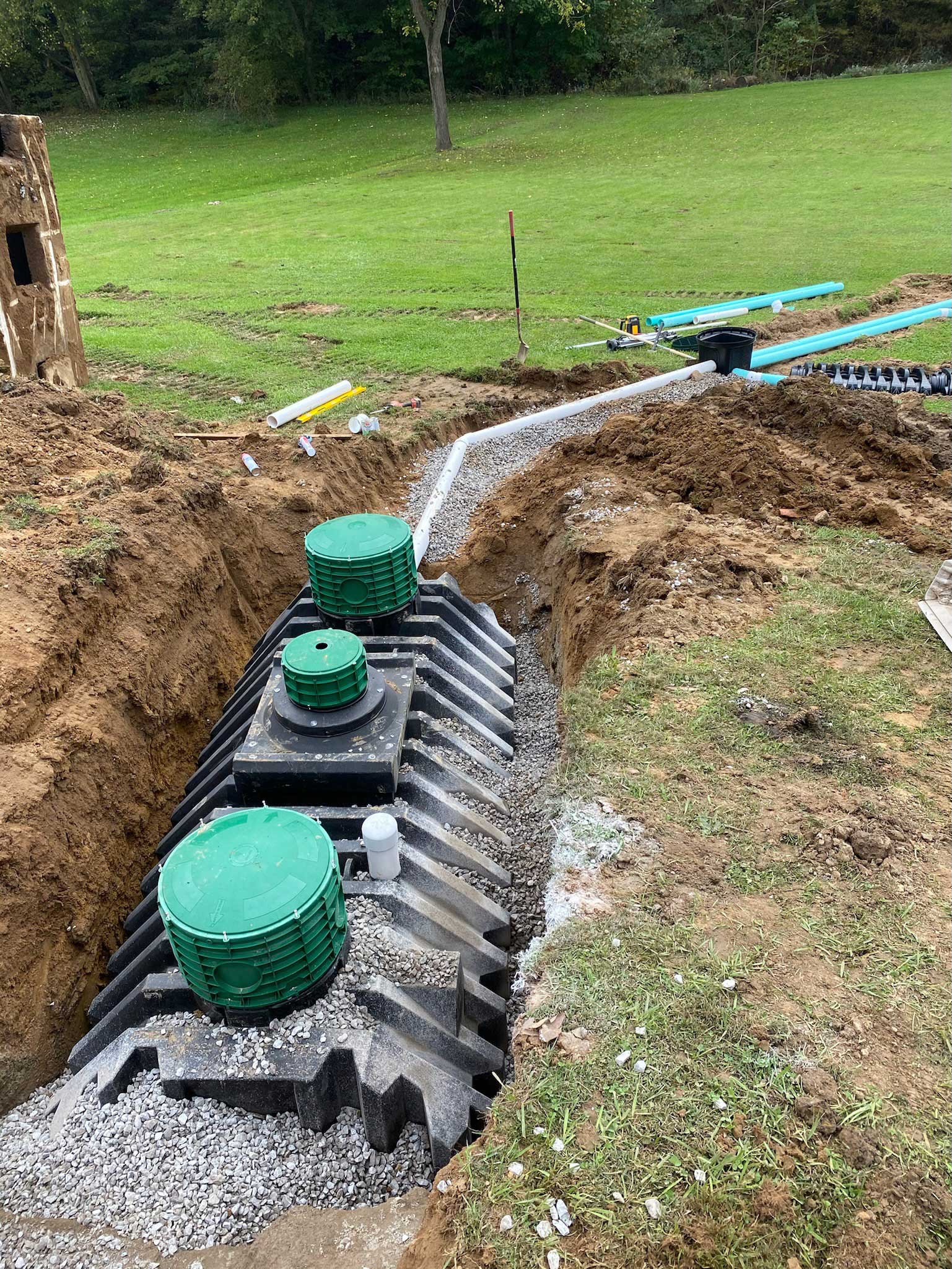Lancaster Trenching - Expert Trenching Solutions in Lancaster, Ohio
Lancaster Trenching - Expert Trenching Solutions in Lancaster, Ohio
Blog Article
Comprehensive Excavation Techniques: Grasping the Fundamentals for Success
In the world of building and construction and civil engineering, the significance of efficient excavation strategies can not be overstated. The cautious preparation, specific execution, and meticulous interest to information needed in excavation tasks demand a detailed method that includes different basic facets. From initial soil analysis to the execution of safety steps and normal progression monitoring, mastering these core elements is important for achieving success in any type of excavation venture. The true mastery lies not just in comprehending these basics however in effortlessly incorporating them to browse the complexities of excavation jobs with finesse.
Comprehending Excavation Job Planning

Effective excavation tasks are constructed on the foundation of extensive and precise preparation. The initial stage of any excavation task is the drawing board, where critical choices are made that can dramatically influence the result of the project. During this phase, it is vital to gather all pertinent information concerning the site, including topographical surveys, soil make-up, and any type of potential hazards that might exist. Understanding the task budget plan, timeline, and scope restrictions is essential for developing an extensive excavation strategy that makes certain the project's success.
One trick element of excavation project preparation is the advancement of a comprehensive timeline that describes the series of turning points, tasks, and due dates. By very carefully thinking about all these elements during the preparation phase, excavation jobs can be executed effectively and successfully, leading to effective outcomes - dump truck companies in ohio.
Soil Analysis and Website Evaluation
Conducting thorough soil evaluation and website evaluation is a critical action in the preparation stage of any kind of excavation job. Dirt evaluation involves establishing the composition, structure, and residential properties of the dirt at the excavation website. This information is vital for recognizing the dirt's bearing capacity, wetness material, and possibility for disintegration, which are vital factors in identifying the excavation approaches and tools required for the project.
Site assessment surpasses dirt evaluation and incorporates a wider analysis of the total website conditions. This examination includes recognizing any type of possible hazards, such as underground energies, environmental worries, or unpredictable terrain, that might influence the excavation procedure. By completely reviewing the website, project managers can establish effective excavation approaches that prioritize safety, efficiency, and environmental management.
Making use of innovative modern technologies like ground-penetrating radar, dirt tasting, and drone surveys can enhance the accuracy and performance of dirt evaluation and site assessment. Investing time and sources in these initial actions can ultimately conserve time and protect against pricey delays or problems during the excavation procedure.
Tools Option and Application
Reliable excavation jobs depend greatly on calculated tools selection and usage to make sure optimum performance and efficiency. Choosing the ideal devices for the task is critical in making best use of performance and lessening downtime. Elements such as the kind of dirt, deepness of excavation, and task range play a substantial function in determining the most appropriate devices for the job handy.

In enhancement to selecting the proper tools, correct utilization is crucial to task success. Operators has to be educated to take care of he has a good point the tools securely and successfully - excavating ohio. Routine maintenance checks and prompt repairs help avoid break downs and guarantee consistent performance throughout the project
Precaution and Laws Compliance
In the realm of excavation projects, focusing on safety and security actions and conformity with laws is paramount to ensuring a safe and secure and legitimately audio functional atmosphere. Precaution encompass a variety of techniques, consisting of carrying out detailed website evaluations, executing appropriate signage and barriers, and giving adequate safety training for all personnel included in the excavation procedure. Adherence to policies, such as OSHA requirements in the USA, makes sure that the excavation job fulfills the needed standards to protect employees, onlookers, and the surrounding environment.

Monitoring Progress and Adjusting Strategies
How can predict managers successfully track the advancement of excavation jobs and adjust their methods as necessary to enhance end results? Monitoring development is important for making certain that excavation projects stay on track and fulfill due dates.
Conclusion
Finally, grasping the basics of extensive excavation strategies is essential for the success of any kind of job. By understanding project preparation, evaluating soil and website conditions, picking proper equipment, adhering to safety and security policies, and monitoring development, job supervisors can make sure a smooth and efficient excavation process. Applying these methods will cause successful results and minimize potential threats or obstacles throughout the excavation job.
The initial phase of any blog type of excavation project is the preparation phase, where vital choices are made that can substantially affect the result of the task. Comprehending the task timeline, range, and spending plan restraints is important for developing a comprehensive excavation plan that makes certain the task's success.
How can forecast supervisors properly track the innovation of excavation tasks and adapt their methods as necessary to enhance results? By carefully keeping an eye on progression and being willing to adjust techniques, job managers can boost the overall success of excavation projects.
By understanding task planning, examining dirt and website problems, picking ideal tools, abiding with safety regulations, and keeping track of progress, project managers can guarantee a effective and smooth excavation process.
Report this page